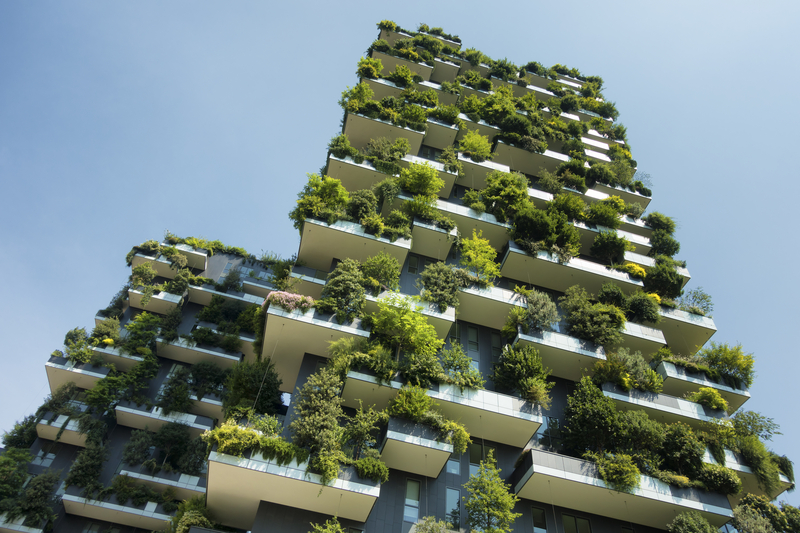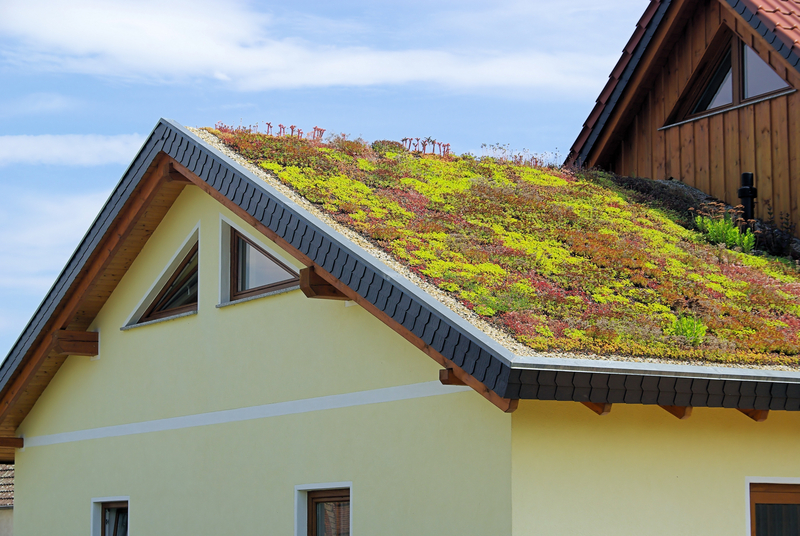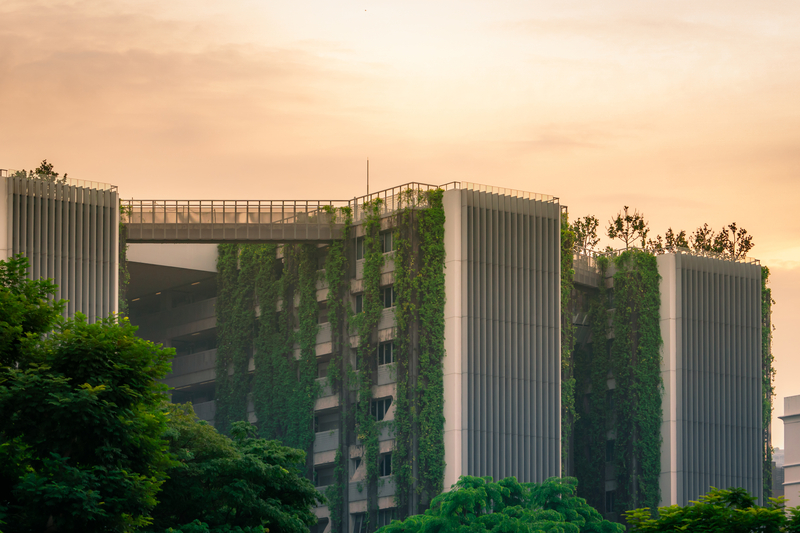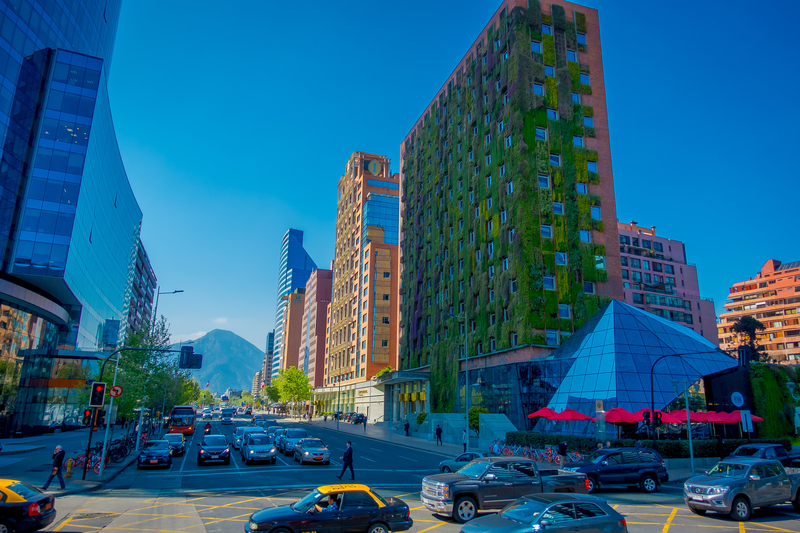Dive into the world of green buildings with this comprehensive guide! We tailored this article for homeowners eager to integrate sustainability into their living spaces. Green buildings represent a transformative approach to construction and design, focusing on eco-friendly practices. This blog unravels the essence of green buildings, highlighting their defining features, myriad benefits, and their pivotal role in eco-conscious architecture. As enthusiasts of green living, we’ve navigated the realm of building a green home, gathering insights we’re excited to share with those on a similar path toward environmental harmony.
Here at The Energy Professor, we want to give you the information you need to not only save money on your energy bill but to also become more energy efficient. We hope find this post helpful! And makes it easier for you to know more about appliance energy usage. Be sure to also check out our one-of-a-kind energy savings calculator!
The Energy Professor Electricity Rate Check Tool
What are Green Buildings?

Green buildings, synonymous with sustainability, are thoughtfully designed to harmonize with the environment, leveraging eco-friendly materials and energy-efficient systems. These structures excel in water conservation through innovative recycling and harvesting systems and champion energy frugality by either utilizing renewable resources or being constructed from recyclable materials. They embrace natural light, foster optimal air quality, and meticulously consider every detail, including location and access to public transport, epitomizing a profound commitment to minimizing ecological impact and promoting sustainable living.
What are Examples of Sustainable Buildings?
Sustainable buildings, often recognized for their innovative designs and eco-friendly features, can be found around the world. Here are some notable examples of sustainable buildings:
- The Edge (Amsterdam, Netherlands):
- Known as the “greenest office building in the world.”
- Features a rainwater collection system, solar panels, and an aquifer thermal energy storage system.
- Uses a connected lighting system that allows employees to adjust lighting and temperature via a smartphone app.
- Bullitt Center (Seattle, USA):
- Dubbed the “greenest commercial building in the world.”
- Has a 250-year lifespan and is designed to be entirely self-sufficient, with no need for external water or electricity.
- Features a solar array, composting toilets, and a rainwater collection system.
- One Angel Square (Manchester, UK):
- Home to the Co-operative Group’s headquarters.
- Features a double-skin facade, which acts as a thermal buffer.
- Uses rapeseed oil for heating and has a rainwater harvesting system.
- Shanghai Tower (Shanghai, China):
- China’s tallest building and the second tallest in the world.
- Features a double-skin facade, wind turbines, and a rainwater collection system.
- Uses 40% less water and 21% less energy than comparable buildings.
- Pixel Building (Melbourne, Australia):
- Achieved a perfect Green Star rating.
- Features a green roof, solar panels, and a wind turbine.
- Uses a system that treats greywater and blackwater on-site.
Related Post: What is Green Energy?
What are Green Building Features?

Green building features embody the components that render a structure sustainable and eco-friendly. These elements span from employing energy-efficient appliances to integrating renewable energy sources. A building is typically deemed eco-friendly when it is intricately designed to excel in energy efficiency, water conservation, material sustainability, indoor environmental quality, and effective waste management. However, the scope of green buildings extends beyond these aspects. It also encompasses a commitment to sustainable development and the incorporation of innovative technologies, ensuring a holistic approach to environmental stewardship and resource conservation.
Sustainable building features:
- Energy Efficiency:
- Solar Panels: Convert sunlight into electricity.
- Energy-Efficient Appliances: Consume less power.
- LED Lighting: Uses less energy than traditional bulbs.
- Passive Solar Design: Maximizes natural light and heat from the sun.
- High-Efficiency HVAC Systems: Reduce energy consumption for heating and cooling.
- Water Efficiency:
- Rainwater Harvesting: Collects and stores rainwater for reuse.
- Greywater Recycling: Reuses water from sinks and showers for irrigation or flushing toilets.
- Water-efficient fixtures: Such as low-flow toilets and faucets.
- Drip Irrigation: Reduces water waste in landscaping.
- Sustainable Building Materials:
- Recycled Materials: Such as reclaimed wood or recycled metal.
- Rapidly Renewable Resources: Like bamboo or cork.
- Non-Toxic Paints and Finishes: Reduce indoor air pollution.
- Local Materials: Reduce transportation emissions and support local economies.
- Indoor Environmental Quality:
- Natural Ventilation: Reduces the need for mechanical ventilation.
- Non-Toxic Materials: Improve indoor air quality.
- Indoor Plants: Improve air quality and provide a natural aesthetic.
- Daylighting: Uses natural light to reduce the need for artificial lighting.
- Waste Management:
- Composting Facilities: Turn organic waste into valuable compost.
- Recycling Centers: Encourage the separation and recycling of waste.
- Construction Waste Management: Reduces waste during the construction process.
- Sustainable Site Development:
- Green Roofs: Covered with vegetation to absorb rainwater, provide insulation, and combat the heat island effect.
- Permeable Paving: Allows water to seep through, reducing runoff.
- Landscaping with Native Plants: Reduces the need for irrigation and pesticides.
- Site Selection: Choosing locations that are close to public transportation or previously developed sites.
- Transportation:
- Bike Storage: Encourages cycling as a mode of transportation.
- Electric Vehicle Charging Stations: Promote the use of electric cars.
- Proximity to Public Transport: Reduces the need for personal vehicles.
- Innovative Technologies:
- Building Management Systems: Monitor and control building operations for efficiency.
- Green Insulation: Made from sustainable or recycled materials.
- Cool Roofs: Reflect more sunlight and absorb less heat.
What makes a building sustainable?
What makes a building sustainable is its ability to minimize its environmental impact. This includes using green building materials, implementing green building design, and focusing on sustainability in buildings. Features like solar panels, rainwater harvesting, and eco-friendly constructions contribute to building sustainability.
Related Post: What is Renewable Energy?
What are Some Advantages of Building Green?

Building green extends benefits across environmental, economic, and personal spheres. Environmentally, it reduces energy use, curtails emissions, conserves nature and promotes biodiversity. Economically, it boosts property values and drives job growth in the sustainable construction industry. For homeowners, the advantages are deeply personal, enhancing health through improved air quality and noise reduction. The holistic impact of green building positions it as a beneficial choice for individuals, communities, and the planet, marking a significant stride toward sustainable living.
Pros of Green Buildings
Environmental Benefits:
- Reduced Energy Consumption: Energy-efficient designs and technologies lead to lower energy use.
- Lower Greenhouse Gas Emissions: Reduced energy consumption translates to fewer emissions from power plants.
- Conservation of Natural Resources: Efficient use of water, materials, and land.
- Reduced Waste: Through recycling and efficient construction practices.
- Enhanced Biodiversity: Green spaces and roofs can support local flora and fauna.
Economic Benefits:
- Cost Savings: Reduced energy and water bills over the building’s lifecycle.
- Increased Property Value: Green buildings often have higher resale values.
- Job Creation: The green building sector can generate jobs in design, construction, and maintenance.
- Reduced Infrastructure Strain: Lower demand for municipal water and energy supplies.
- Risk Mitigation: Green buildings are often more resilient to climate-related risks.
Health and Comfort Benefits for Occupants:
- Improved Air Quality: The use of non-toxic materials and better ventilation reduces indoor pollutants.
- Enhanced Daylight: Natural lighting improves mood and productivity.
- Thermal Comfort: Efficient insulation and HVAC systems ensure consistent indoor temperatures.
- Noise Reduction: Green design can incorporate soundproofing elements.
- Connection to Nature: Features like green roofs and indoor plants can provide a natural setting.
What makes Green Buildings so Great for our Planet?
- Embracing green buildings enhances our planet by cutting energy use, reducing waste, and promoting sustainable construction. Whether it’s towering eco-skyscrapers in urban centers or green structures in the suburbs, green architecture and sustainability play a pivotal role in shaping a more sustainable, far-reaching future.
Green buildings mark a crucial stride towards a sustainable future, transcending trends to become a vital necessity in responsible living. As homeowners gain insight into green buildings, their unique features, and the comprehensive benefits they offer, they’re better equipped to make choices that echo their values and foster environmental health. Whether it’s exploring innovative green designs or constructing a greenhouse, the realm of possibilities is vast. Amidst the growing momentum of sustainable and eco-friendly building practices, embracing green building principles is not just an option but a compelling call to join the global movement towards a greener, more sustainable future.
Related Post: What is Energy-Efficient Landscaping? A Guide for Homeowners
Green Buildings FAQ

Q: How do green buildings contribute to environmental sustainability?
A: Green buildings reduce energy consumption, limit waste, and lower greenhouse gas emissions, contributing to the conservation of natural resources and a reduction in environmental pollution.
Q: What are the economic benefits of investing in a green building?
A: Economic benefits include reduced operating costs due to lower energy and water bills, enhanced property value, and the potential for government incentives. Additionally, green buildings can spur job growth in the sustainable construction sector.
Q: Can green building practices improve health and well-being?
A: Yes, green buildings promote health and well-being by improving indoor air quality, enhancing natural lighting, and reducing exposure to toxic materials, contributing to a healthier living environment.
Q: Are green buildings more expensive to construct than traditional buildings?
A: While the initial cost may be higher, green buildings often lead to substantial long-term savings through reduced energy and maintenance costs, making them a cost-effective choice in the long run.
Q: How can I make my existing home more eco-friendly without a complete rebuild?
A: You can improve your home’s eco-friendliness by upgrading to energy-efficient appliances, enhancing insulation, installing water-saving fixtures, and incorporating renewable energy sources like solar panels.
Q: What role do green buildings play in the fight against climate change?
A: Green buildings play a crucial role by reducing energy consumption and greenhouse gas emissions, helping to mitigate the impacts of climate change and fostering a more sustainable future.
Do you Need Cheaper Electricity?
If you’ve taken the time to understand the information on your bill and discovered you’re paying more than you’d like for your electricity, have you looked around for a cheaper deal? The Energy Professor has a wealth of information on ways to save on your utilities, including details of top deals that could significantly reduce your monthly or quarterly electricity bills.
We hope you found this article helpful! If you are looking for ways to increase energy efficiency and sustainability in your home be sure to take a look at all of the latest renewable energy options in your area. The Energy Professor helps residential and small business owners find qualified energy suppliers in New York, New Jersey, Pennsylvania, Texas, Ohio, Maryland, Illinois, and Massachusetts


